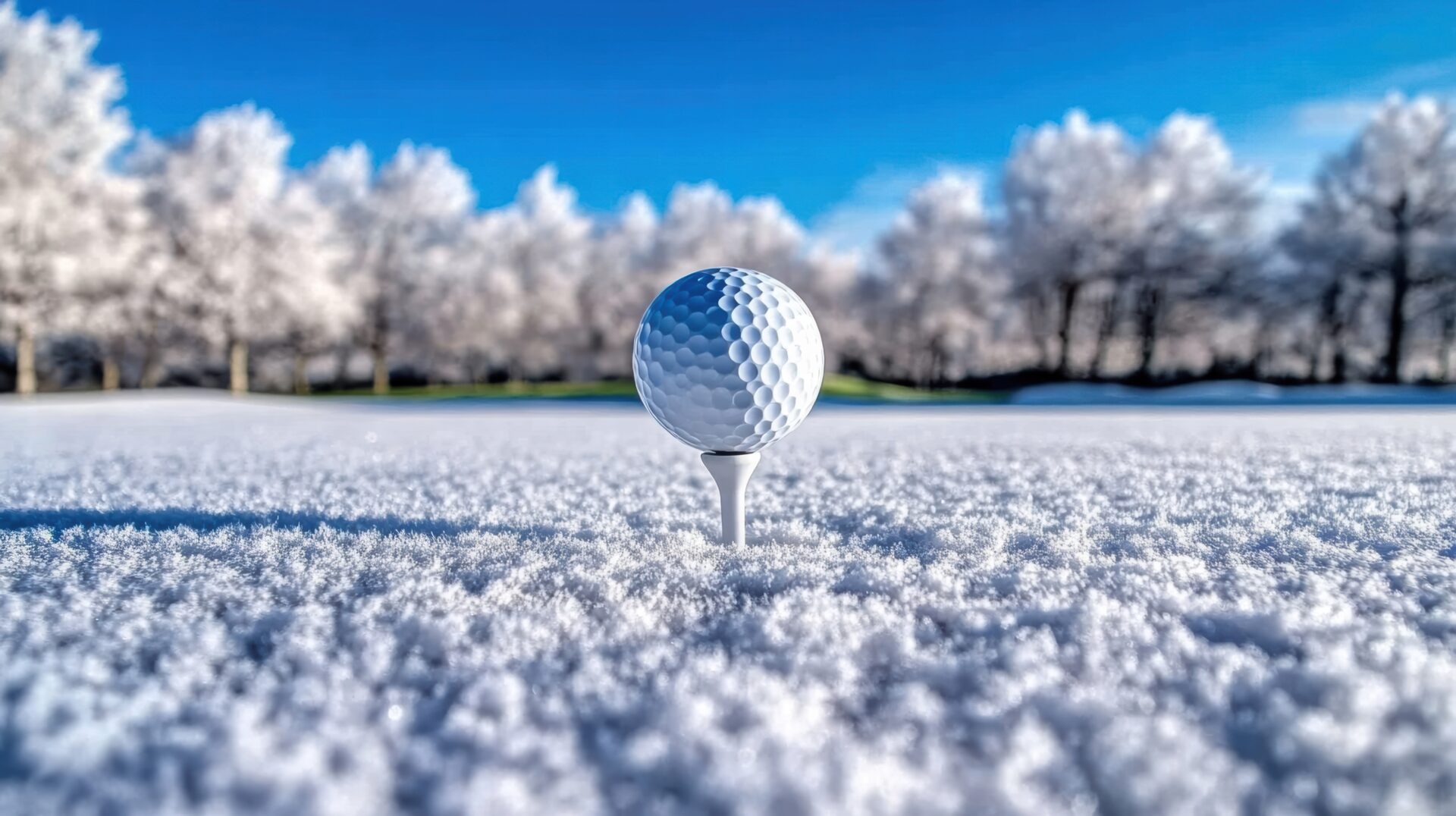Effect of Temperature on Golf Ball Flight

Frank, I really enjoy reading your Q&A every week, so please keep it going. My question relates to the effect that air temperature has on golf ball flight. I’ve noticed that a 20 degree F difference in temperature can substantially affect the distance on my shots. In some cases, I’ve even found this when playing on consecutive days when the temperature is very different, I need to be careful about club selection. How does temperature impact the golf ball? Is there an ideal temperature range that golf balls are designed to be played in?
Thanks,
Brendan
Brendan,
Many golfers, even the pros don’t pay enough attention to the air temperature when selecting a club for a particular shot. The golf ball temperature also affects its resilience properties, but does not affect distance as much as the air temperature. As air temperature increases, the air becomes less dense, and this is why it is more difficult for airplanes to take off on hot days than cold days. The lift forces are reduced in hot (less dense) air, as are the drag forces and the overall effect is that balls will travel farther on hot days than cold days.
A Rule of Thumb for Golf Ball Distance and Temperature:
A general rule of thumb is to estimate a 2 to 2.5 yard difference for every 10° F. So at 40 ° F, the ball will travel about 10 to 12 ½ yards less than at 90° F. In combination with your decreased body temperature, which will have some effect on your swing, this could add up to something significant, at least one to one and a half clubs difference in your selection. Hope this helps warm you up for the next cold day on the course.
Frank
Frank Thomas was Technical Director of the USGA and Chief Equipment Advisor to Golf Digest and Golf Channel.
